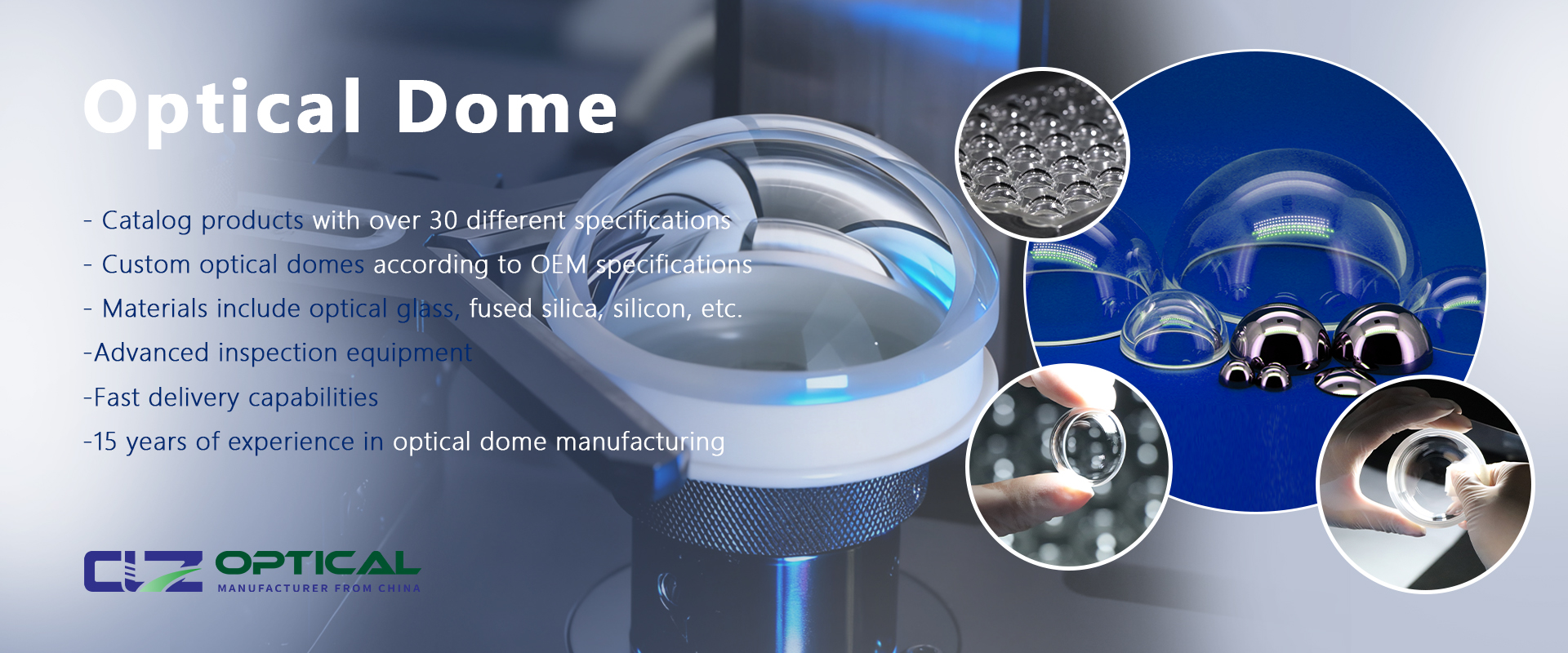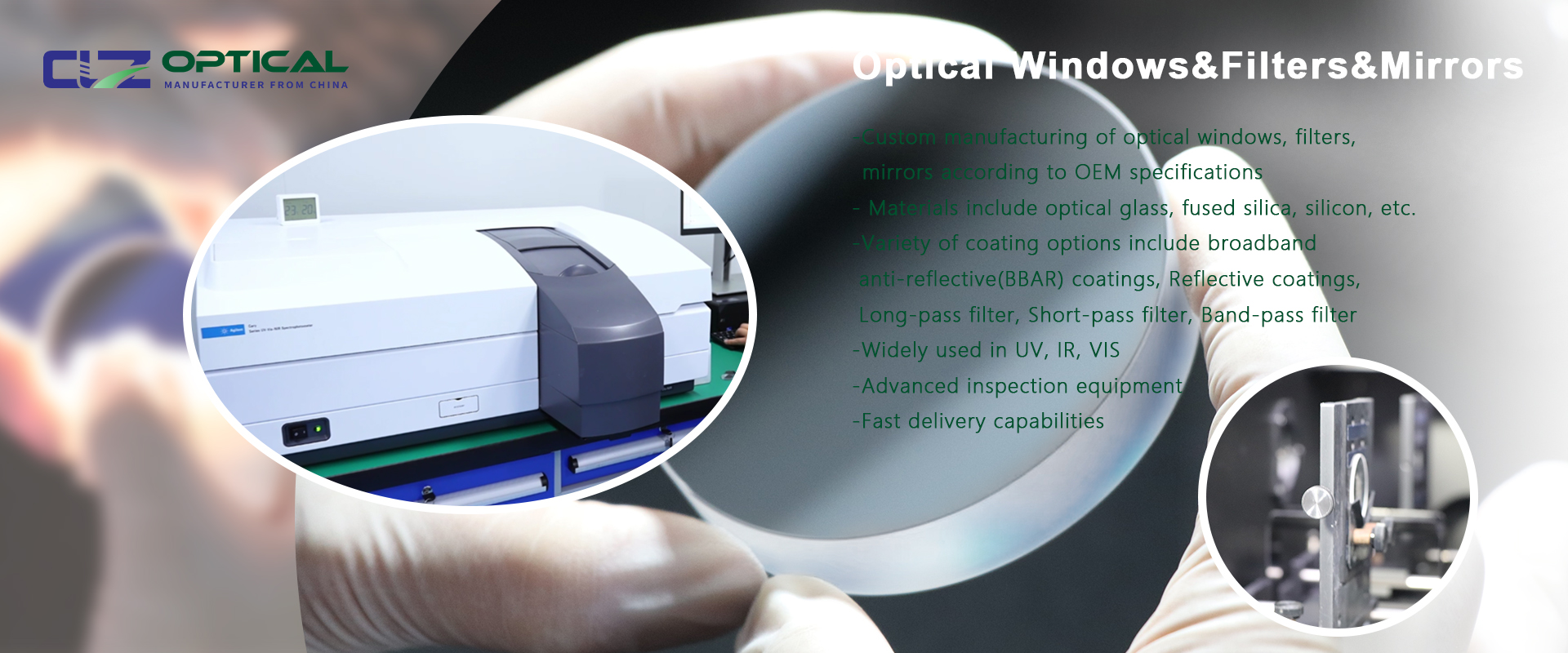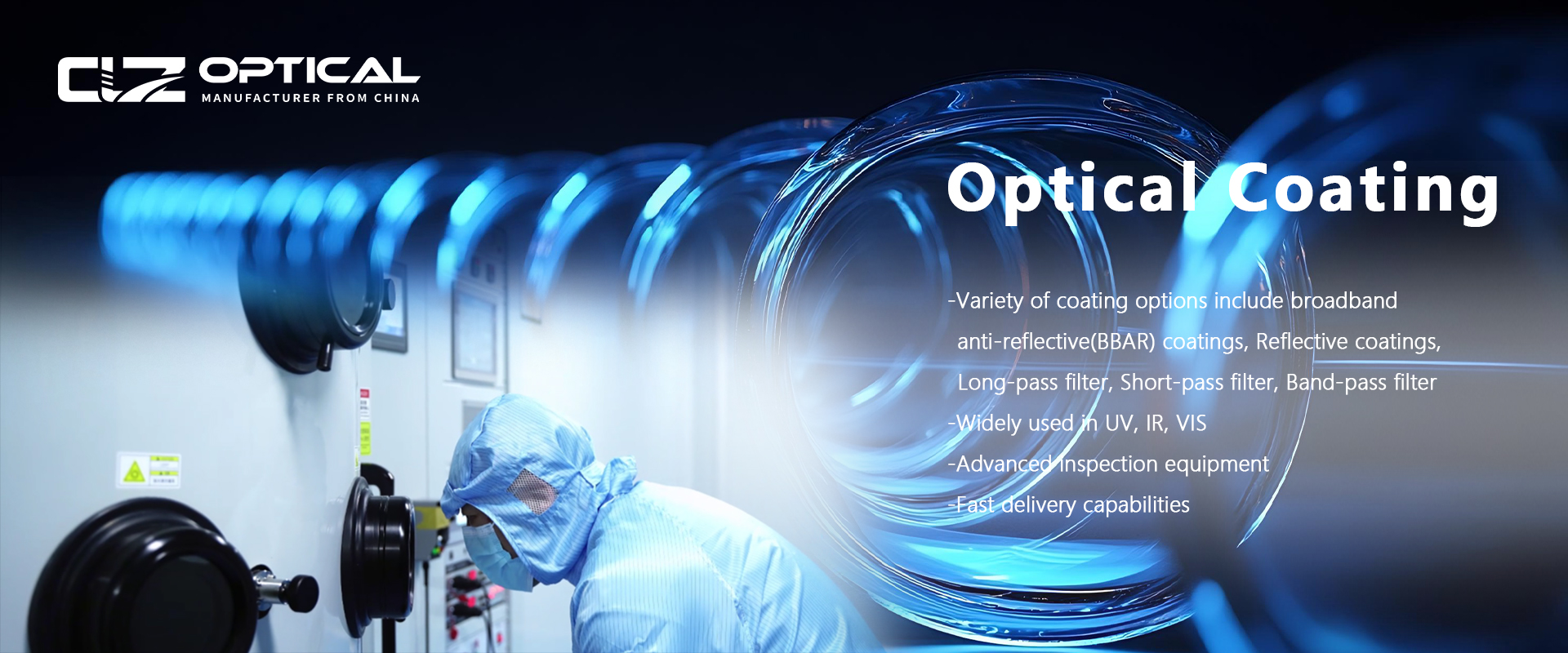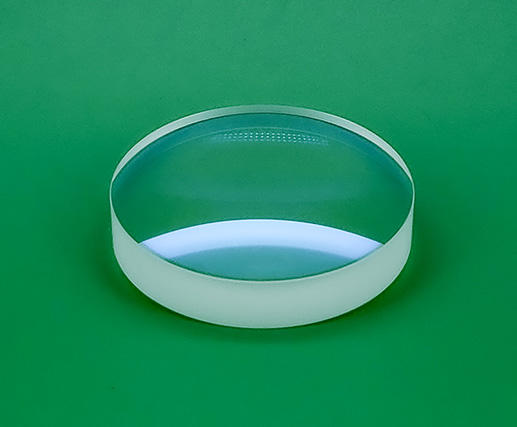Penta Prism
The pentaprism, a precision optical component, consists of two reflecting surfaces inclined at 45° to each other, and two refracting surfaces perpendicular to the incident/emergent beams. This prism achieves a 90° deviation of the light beam within the focal plane.
Pentaprisms are formed by precision grinding of optical-grade glass materials into a special geometric structure with five polished surfaces. Their core optical property is the ability to deflect an incident beam at a constant angle; regardless of how the prism is rotated about the optical axis, the output beam always maintains a fixed angular relationship with the incident direction. The two reflecting surfaces are coated with high-reflectivity films for efficient beam bending, while the transmission surfaces feature high surface form accuracy to preserve wavefront integrity. Substrate materials cover a broad spectrum from ultraviolet to infrared. Excellent physicochemical stability ensures reliable device performance under vibration and temperature variations.
Implementation Scenarios
Industrial Precision Measurement
Laser collimators establish stable reference optical axes using pentaprisms, ensuring long-distance straightness measurement accuracy. Laser focusing is key in these systems. Large-scale equipment installation and calibration systems leverage the rotation-invariant property of pentaprisms for optical reference transfer across multiple stations. Coordinate measuring machines integrate prism assemblies to construct spatial angle calibration devices.
Optical Instrument Systems
Military periscope devices utilize pentaprism groups for covert observation and erect image output. Automatic leveling modules in surveying instruments compensate for tilt errors using pentaprisms. Star tracker calibration devices exploit their property to generate simulated starlight with constant angular separation.
Laser Processing
Multi-station laser marking systems achieve spatial time-sharing beam distribution by rotating pentaprisms. Curved surface material processing equipment integrates prism groups to control constant-angle laser beam incidence normal to complex surfaces. Laser welding heads maintain stable energy transmission to the weld point by utilizing pentaprism characteristics.
Inspection and Positioning Technology
Tunnel construction guidance systems employ pentaprisms to establish the optical reference for the boring axis. Ship shaft alignment detection devices realize simultaneous deflection of multi-angle measurement paths through pentaprism groups. UAV landing guidance equipment generates stable positioning light spots using miniaturized prisms.
Scientific Research and Special Applications
Space-based gravitational wave detection missions use pentaprisms to build fine-tuning mechanisms for inter-satellite laser pointing. Particle accelerator beam diagnostic systems utilize prisms for non-intrusive embedding of monitoring light paths. High-altitude atmospheric detection lidars employ weather-resistant pentaprisms to ensure stable beam steering for scanning mechanisms.
Medical Device Integration
Dental 3D scanners achieve compact layouts for multi-angle imaging paths via miniature pentaprisms, requiring high-precision optical lens systems. Surgical navigation and positioning systems maintain the orientation reference of the instrument spatial coordinate system using pentaprism properties. Ophthalmic diagnostic devices integrate prism assemblies to correct detection beam paths.
CLZ Optical Co., Ltd. supplies custom pentaprisms, including N-BK7 material pentaprisms and UV-grade fused silica pentaprisms, manufactured to precision optical standards. These components are suitable for ultraviolet, visible, and near-infrared wavelength bands.





















